Posts may contain affiliate links that help enable me to continue to provide you with free recipes. As an Amazon Associate, I earn from qualifying purchases. Please see my Privacy Policy for further details.
Homemade Bread Flour – When you’re out of bread flour you can make your own substitute with just 2 ingredients and following a no-fail formula!
I live and die by Bread Flour. I easily have 100lbs of it on hand at any given moment. I know it sounds like a lot but I do a TON of baking for home and commercial use so it makes sense.
I love bread. No, really. I LOVE bread. I swear there is nothing better than a warm slice of freshly baked bread with butter and homemade preserves on it. This many-a-night has been dinner for me.
Ingredients needed to make homemade bread flour
It’s just 2 ingredients:
- American All-Purpose Flour
- Vital Wheat Gluten
That’s it! Nowadays most grocery stores carry the vital wheat gluten but if not, Amazon sells it.
As I mentioned this is for American All-Purpose flour as Canadian all-purpose flour is already had a high protein percentage similar to our bread flour.
What is Vital Wheat Gluten?
It’s the natural protein found in wheat. It’s found in the endosperm of the wheat berry. This, alone, contains 75-80% of the protein. What protein does in the dough helps with the elasticity of it, the rise (it’ll help it retain gas), and gives it more volume. Plus it helps give that ‘chew’ we love in say a crusty bread.
As you can tell on here I have a bunch of bread recipes that call for bread flour. Well, not every home cook has bread flour on hand. Just like cake flour and self rising flour, you buy it specifically for a single recipe and then it sits. Why? To me, that’s wasting money ESPECIALLY when you can make it yourself using All-Purpose flour.
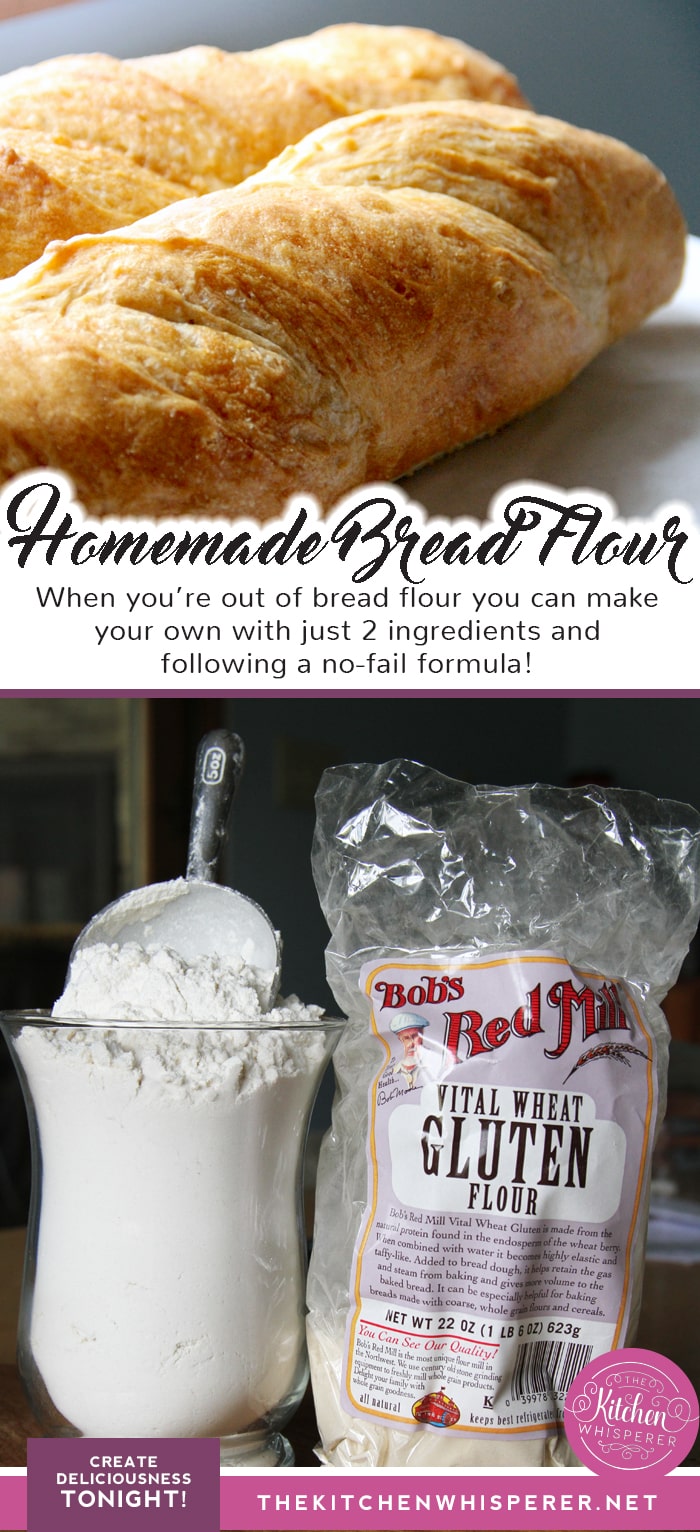
Not all American All-Purpose Flour is the same
Depending on what brand of AP flour you buy, the protein in it can vary from brand to brand. The percentage can range from 9-12%. Bread flour is anywhere from 11-14/15%
You REALLY need to check the bag of flour you buy as you’ll need to know the protein percentage of your flour in order to know how much vital wheat gluten to add!
I need to give a HUGE thanks to Robin who gave me one of the BEST formulas to help calculate how must Vital Wheat Gluten to add to your all-purpose flour.
Protein Percentage – what it is and what it is not
As I just mentioned, not all flour protein percentages are the same.
What it is NOT
The Protein Percentage is NOT the nutritional protein on the back of the flour bag (where you see calories and so forth). That is completely different.
What it IS
Normally the flour bag itself will say what protein percentage it is. For example, King Arthur All-Purpose Flour says on the bag that it is 11.7% protein content. THAT is the number you need for your formula.
If your brand of flour does not list it on the bag then contact the manufacturer or look on Google. Since there are hundreds of brands out there I cannot tell you your %. Keep in mind though, the average protein content is 9% for all purpose flour.
Bread Flour Formula
You have to use math but this will ensure you’re adding the right amount of vital wheat gluten to make your own bread flour.
(Average Bread Flour Protein – AP Flour protein) * 1% (recipe flour amount in grams) = Amount of Vital Wheat Gluten to add
Bread flour can vary in protein however a good one is 12% protein.
- Look at your bread recipe and, calculate in grams how much flour your recipe calls for.
- My Hoagie Roll recipe calls for 448 grams of bread flour and the protein count (per the bag is 12%)
- AP Flour average is 9% protein
- Using the above formula, if I only had AP flour on hand I would use the following vital wheat gluten to add to my recipe
- (12-9) *4.48 = 13.44 grams of Vital Wheat Gluten or 1 tablespoon plus 2.75 teaspoon
Making Bread Flour in Bulk
Many of you have asked if you can use this formula to transform a 5 pound or larger back of all-purpose flour into bread flour.
I do not recommend it and here’s why.
This formula is to use in a single recipe where it’s to make 1-2 loaves of bread, not for bulk processing or batch making. Scaling a recipe is not as simple as doubling the ingredients or timesing them by 10. It doesn’t that work that way. There are other calculations and factors that come into play.
Some know it as “Bakers Percentages”. That is not something I or this formula addresses.
PrintHow to make Bread Flour
- Prep Time: 5 minutes
- Total Time: 5 minutes
- Yield: What your recipe calls for
- Category: Baking
- Method: mixing
- Cuisine: baking
Homemade Bread Flour – When you’re out of bread flour you can make your own substitute with just 2 ingredients and following a no-fail formula!
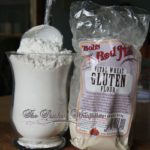
Ingredients
- Your bread recipe
- American All Purpose Flour – you must know the protein percentage amount of it (look at your bag of flour)
- Vital Wheat Gluten
Instructions
- Calculate the flour needed in your bread recipe to grams.
- Look at the bag of AP flour and see what the protein % is.
- Use THIS formula to calculate how much vital wheat gluten you need:
- (Average Bread Flour Protein – AP Flour protein) * 1% (recipe flour amount in grams) = Amount of Vital Wheat Gluten to add
Tough, huh? *wink*
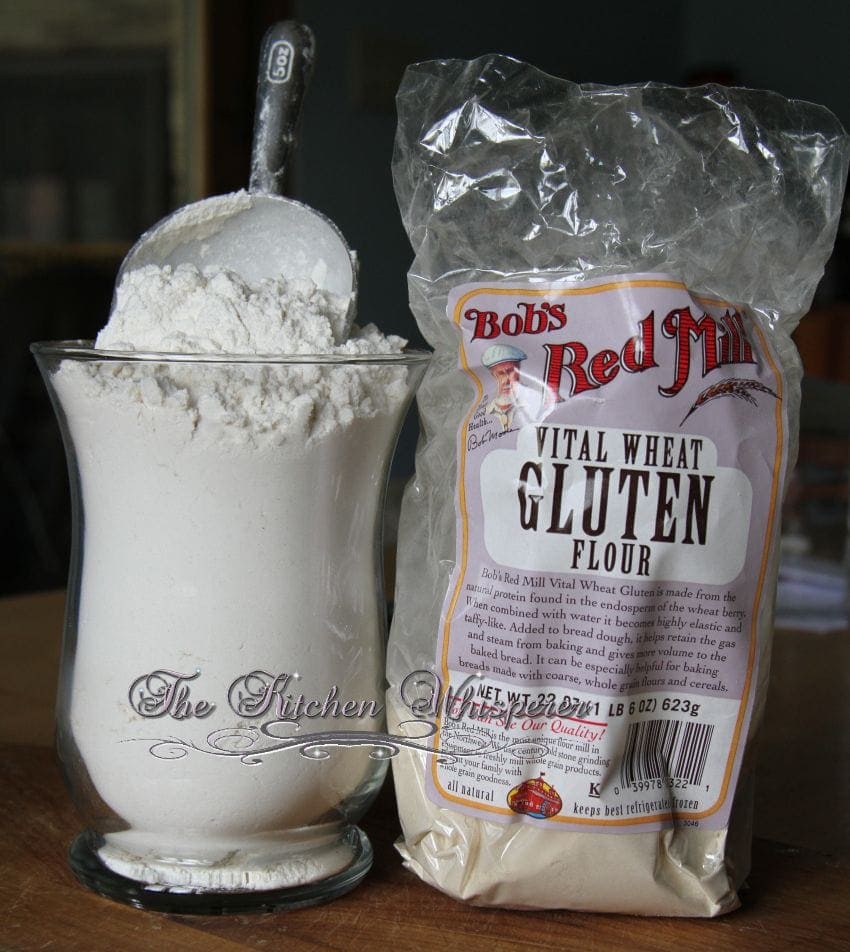

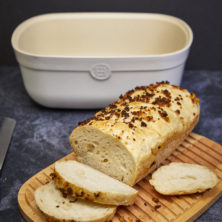
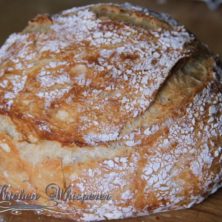
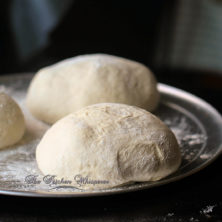


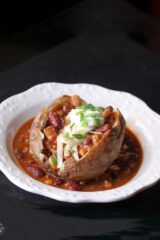
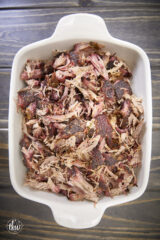


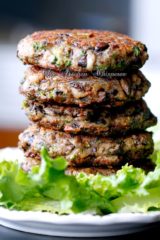
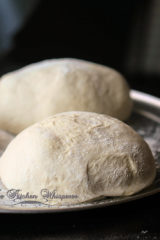
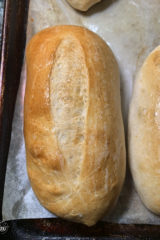
A good strong bread flour is about 12% protein which is the gluten. If you look at the % of protein in whatever flour you are using you can more easily calculate the amount of gluten to add to make up the difference. I use 600g of flour for a loaf so if I was using a 9% flour I’d simply add 18g of gluten .
(12-9)x6=18
I never use vague volume measurements I always weigh in grams, including water and I’m much more consistent in my bread.
Oh Robin this is AWESOME! Thank you! The 6 in your equation is then 1% of your total flour measurement, right?
I really appreciate it!
And agreed, when I bake bread or dough I use grams in my measurements however what I’ve found is that many folks do not have a scale. I’ve advised for years that they should invest but sometimes it’s not in a person’s means.
Again, thanks for this equation!
Best Kitchen Wishes!
I want to make gluten free bread can thus be done using gluten free flour? If so is th here a recipe??
No. You’re adding vital wheat gluten which is not gluten free.
Best Kitchen Wishes
Helpful information. My only quibble is with your statement “. . . carbs are bad.” Sez who? Folks trying to sell you their trendy diet. Lots of very healthy diets include carbs. Enjoy your bread!
Hi Mat,
At the time that was published we/I was told by doctor’s and nutritionists that carbs are bad. However today we are all more well informed and no is not necessarily true> There are good and more unhealthy carbs. For me I live my lifestle where everything is in moderation and is well balanced.
Best Kitchen Wishes!
Is wheat gluten means wheat flour
Hi Faheema,
No – kind of. Vital wheat gluten is all gluten and very little starch. It’s not technically flour itself, but it’s made from wheat flour that has been hydrated to activate the gluten and then processed to remove everything but that gluten. It’s then dried and ground back into a powder. So think of it like adding more chewiness/pull – (gluten) to your flour. But a little goes a long way! For more info, check out thekitchen as they have a great article on it!
Best Kitchen Wishes!
I believe you hit the nail right on the head I also use one tablespoon of vital wheat gluten to a cup of all-purpose flour I find it works best. I double that if I’m using whole wheat flour.
Thanks Keith! It honestly just depends on the brand of flour as well as the type.
Best Kitchen Wishes!
I believe you hit the nail right on the head I also use one tablespoon of vital wheat gluten to a cup of all-purpose flour I find it works best
Hi Alba
I actually wrote a note in the recipe and the post. It’s not a typo but what I’m afraid I omitted was some logic and variances. So I want to make a few remarks about this. Not all All Purpose Flour is the same. Even though they are labeled as AP flour, the amount of gluten it has in it can vary from brand to brand. That being the case, the amount of vital wheat gluten can vary from 1 tsp per cup of flour to 3 Tbl per cup of flour. The only consistent advice about converting all-purpose flour to bread flour is that you have to add some wheat gluten. The problem is that no one agrees on an amount. One Yeast company states to use 1 tsp of vital wheat gluten to 1 cup of all-purpose flour. Cook’s Thesaurus recommends 2 tsp per 1 cup of flour. Better Homes and Gardens suggests 1 to 3 tablespoons of gluten per recipe. Why does it vary like this? NOT ALL AP FLOUR IS THE SAME. My advice, start off with 1 tsp, make a test recipe and if that still doesn’t turn out, add more vital wheat gluten.
For me and the AP Flour I use, my ratio is 1 cup to 1 Tbl.
I’m sorry your rolls were sinkers 🙁
Best Kitchen Wishes!
Hello have you used this recipe for (bread flour) to make cinnamon rolls the kind you buy at Cinnabon. Will they come out as they should using that much vital wheat gluten?
Okay, I’m sold. Now all I need to do is find a store that sells the gluten. Made hummus the other night and it was a hit with roasted garlic and chopped Calamata olives. Great for tostones.
Hi Bob!
Most grocery stores sell this in the Organic baking section. Also you can get it online (it’s cheaper at least I think). http://astore.amazon.com/thekitcwhis-20/detail/B000EDK5LM
I LOOOOOOOOOOVE roasted garlic hummus! Have you ever made roasted cauliflower hummus? I left mine just a tad chunky but you can certainly puree the cauliflower for a more creamy hummus. http://www.thekitchenwhisperer.net/2013/05/04/roasted-cauliflower-hummus/
Best Kitchen Wishes!